[Here’s a link to other forays around my map.]
I stopped my bike to shelter from the rain beneath a motorway bridge. Old habits die hard. I stood in a pile of nitrous oxide canisters as I dismounted, shiny and slippery like ball bearings. Balloons on the ground showed that this gloomy underpass, miles from a town, had been used for getting high recently, probably by a young adult or two.
Nitrous oxide is used in the food industry as a mixing and foaming agent in the production of whipped cream, and as a fuel booster in the motor industry. It is also a familiar agent in obstetric, dental, emergency, and anaesthetic practice, where use is made of its analgesic and anaesthetic properties. However, nitrous oxide was used recreationally long before its medical potential was realised. Joseph Priestly is accredited with first synthesising the gas in 1772, and by the late 18th century inhalation of nitrous oxide became a popular public entertainment. The gas became a fashionable addition to British high-society parties in the early 1800s thanks to its euphoric and relaxant properties, which led chemist Humphrey Davy to coin the term ‘laughing gas’.
Samuel Taylor Coleridge wrote, “The first time I inspired the nitrous oxide, I felt a highly pleasurable sensation of warmth over my whole frame…. The only motion which I felt inclined to make, was that of laughing at those who were looking at me. My eyes felt distended, and towards the last, my heart beat as if it were leaping up and down. On removing the mouth-piece, the whole sensation went off almost immediately.”

I unscrewed my thermos flask and poured a scalding cup of coffee down my throat. Hot black coffee on a cold grey morning brings back so many memories. Old habits die hard. Instinctively I began to sing,
“One more cup of coffee for the road
One more cup of coffee ‘fore I go.”
Old habits die hard. Beneath the enormous concrete bridge, rumbling with overhead lorries, my voice sounded small and lonely. Concerns about loneliness have been mounting for some time, with media reports detailing a ‘loneliness epidemic’ on the rise in wealthy countries. Studies from the past few years have highlighted myriad health risks associated with loneliness, even before Covid-19 turned the world upside down — and consequently, due to global lockdowns, loneliness has become a topical issue.
Often seen as a condition that mostly impacts the elderly, studies highlight that it’s in fact young adults, generally between the ages of 16 to 24, who report feeling lonely the most. One possible explanation is that young people have higher expectations of social connection and might value it more. It can also be a time when it is difficult to find a balance between being an independent individual and having a need to belong.
I hid my bike in a hedge and set out to explore today’s grid square on foot. The sense of solitude I experience in nature is very different to the feeling of loneliness. Indeed that is one of the appeals of swapping WiFi for wellies and going for a wet schlep through the muddy landscape. I have been reassured through exploring my map how much of the landscape is not covered with concrete. Moulded by man –absolutely– but definitely not irrevocably wrecked, even here in the crowded southeast of England.
Away from the shelter of my motorway bridge (and the roar of the road that neatly bisected today’s square), there were no buildings or roads on my square. No walls, no people either. Just a muddy footpath crossing the square and a dozen fields (marked by hedges) that meandered up and down small slopes.
What life was there but me? A jay, a pair of magpies, plenty of pigeons (inevitably), and a couple of partridges that had so far evaded being shot. In the southwestern corner of my grid square was a bright green field of grass filled with sheep. These were my sole companions for the morning.
The emptiness emboldened me to wander at will across the fields, for most of them were not yet ploughed, not sown with crops, and felt more like a barren, flinty, muddy wasteland than private, intensive farming land. At one point I even took a compass bearing, perhaps the first I have ever taken within earshot of a motorway, and trudged due west towards a large sycamore tree.
The wind was strong and cold and heavy rain lashed on my waterproofs. I used a hedge as a windbreak alongside a vast pile of horse manure, the third such steaming mountain I’d seen today. The sloe berries on the bush shook and trembled in the wind. Tractors must come here daily at least to dump the waste from a nearby stable yard. Dealing with so much manure is not a new headache.
By the late 1800s, large cities all around the world were “drowning in horse manure”. In order for these cities to function, they were dependent on thousands of horses for the transport of both people and goods. In 1900, there were over 11,000 hansom cabs on the streets of London alone. There were also several thousand horse-drawn buses, each needing 12 horses per day, making a staggering total of over 50,000 horses transporting people around the city each day.
This huge number of horses created major problems. The main concern was the large amount of manure left behind on the streets. On average a horse will produce between 15 and 35 pounds of manure per day, so you can imagine the sheer scale of the problem. The manure on London’s streets also attracted huge numbers of flies, which then spread typhoid fever and other diseases.
Each horse also produced around 2 pints of urine per day and to make things worse, the average life expectancy for a working horse was only around 3 years. Horse carcasses therefore also had to be removed from the streets. The bodies were often left to putrefy so the corpses could be more easily sawn into pieces for removal.
The streets of London were beginning to poison its people. This problem came to a head when in 1894, The Times newspaper predicted… “In 50 years, every street in London will be buried under nine feet of manure.”
This became known as the ‘Great Horse Manure Crisis of 1894’. The terrible situation was debated in 1898 at the world’s first international urban planning conference in New York, but no solution could be found. It seemed urban civilisation was doomed.
However, necessity is the mother of invention, and the invention in this case was that of motor transport. Henry Ford came up with a process of building motor cars at affordable prices. Electric trams and motor buses appeared on the streets, replacing the horse-drawn buses.
By 1912, this seemingly insurmountable problem had been resolved; in cities all around the globe, horses had been replaced and now motorised vehicles were the main source of transport and carriage.
Today, ‘The great horse manure crisis of 1894’ is a notion in urban planning which stated that the greatest challenge of further urban development was a difficulty of removing horse manure from the streets. More broadly, it is an analogy for supposedly insuperable extrapolated problems being rendered moot by the introduction of new technologies.
What, I wonder, will be our solution to ‘the great motor car [and fossil fuel] pollution crisis of 2021’?
Despite the wind and the rain and the noisy motorway this grid square was surprisingly pretty and I enjoyed my trudge, though my boots were heavy with mud and my nose was cold. The wind whipped and moaned in the telegraph wires. My hands were numb. I was definitely earning my beautiful April mornings to come, and yet also I loved today now that I was out here. It offered a sense of harsh, wild solitude that I had not anticipated today, but certainly welcomed.
The only footpath on the grid square ran straight and true, a smear of white chalk through the brown mud and grey sky. My map showed it heading tantalisingly to an Anglo Saxon burial mound, but as it lay in the neighbouring grid square I would have to wait for another occasion to return and explore it.

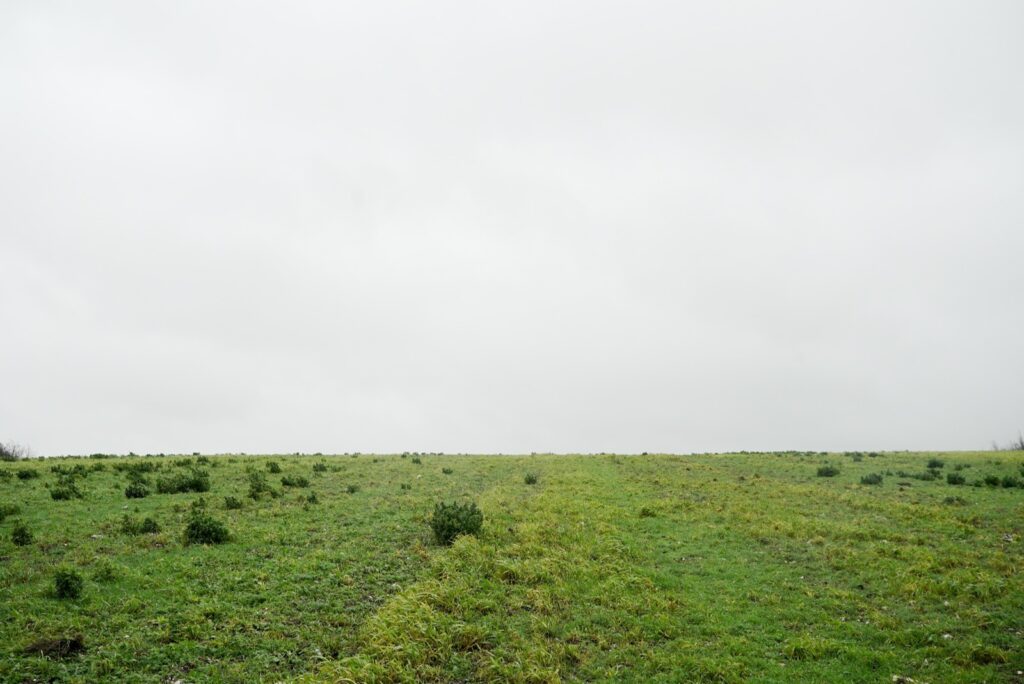
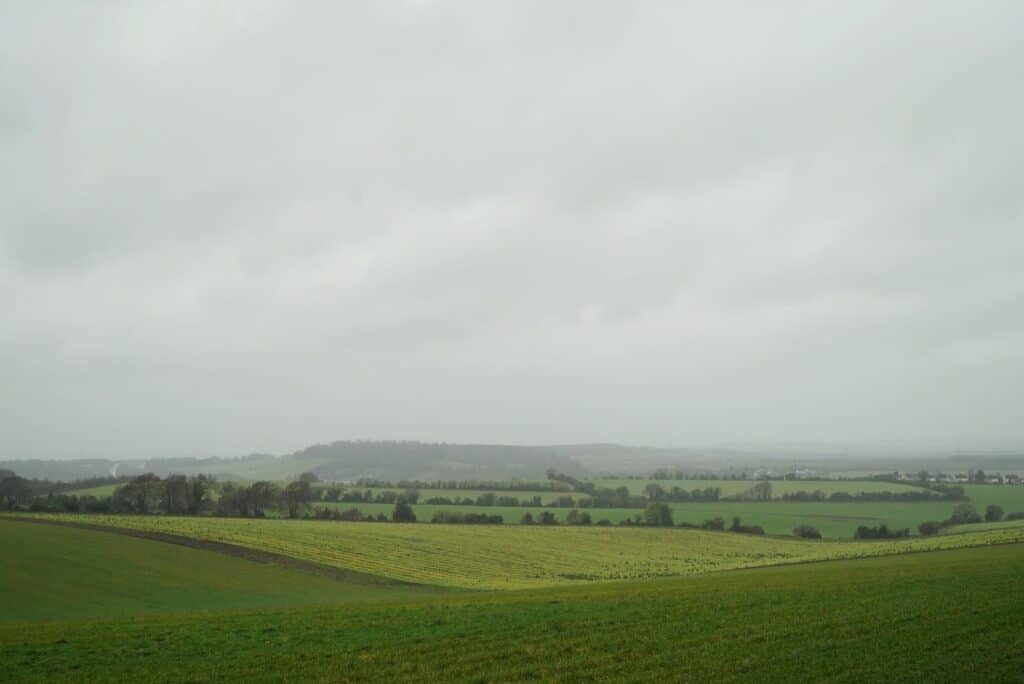
Three times in the space of this single grid square my eye was caught by a pretty flash of bright colour: balloons. Two burst helium balloons snagged in the spiky branches of hawthorn hedges, and a party balloon with curly ribbons trodden into a muddy field.
A single balloon can travel thousands of miles and end up polluting an aquatic, marine, or terrestrial ecosystem. A bird, fish, or sea turtle could also fatally mistake the resulting balloon debris for food and/or get entangled in the long balloon ribbons or strings. In the case of a mass balloon release, common at weddings, graduations, memorials, and holiday events, hundreds or even thousands of balloons can be released simultaneously, causing great environmental harm.
In 2013, as part of an elementary school project, 300 helium balloons were released from Derby, England. While some of these balloons were discovered in Denmark and The Netherlands, one balloon was found in New South Wales, Australia, 10,545 miles away. Closer to home, in 2017, a single balloon was released as part of a first birthday celebration in Ann Arbor, Michigan. Five days and 430 miles later, that same balloon was discovered in Pine Knob, Kentucky.
On top of this, a Cambridge University chemist is calling for a ban on helium balloons, claiming we should not be wasting such a precious gas on the party decorations.
Not even the joy to be had in inhaling the gas to make our voices sound squeaky [maybe stick to nitrous oxide…? 😉] is enough to deflate the scientist’s objections – he insists our limited resources should be used for other admittedly more pressing functions of cooling magnets in MRI scanners, or helping newborn babies to breathe.
Wothers calls the scarcity “a really serious issue”. “I can imagine that in 50 years’ time our children will be saying: ‘I can’t believe they used such a precious material to fill balloons,'” he says.
And he’s not alone – other scientists have warned that helium is becoming so scarce that research that makes use of its cooling power may have to be limited or stopped. Although it is the second most abundant element in the universe, helium cannot be manufactured, and once released into the atmosphere is lost for ever. Most of our supplies are extracted from the earth’s crust in the US. In the 1920s the country started stockpiling helium, before eventually selling billions of litres of it off in the 1990s, causing prices to plummet.
Now prices are on the rise again – but Professor Robert Richardson, of Cornell University, New York, who won the Nobel physics prize in 1996 for his research on helium, argues that a helium party balloon should cost £75, to more accurately reflect the true scarcity value of the gas.
David Ward of the Culham Centre for Fusion Energy says, “I will not be happy if I cannot have a medical scan in my 70s, because we wasted helium on party balloons while I was in my 30s.”
The crisis of excess manure solved by cars which leads to the climate crisis of today. The fun of party balloons leading to a small but important problem in healthcare. We live in such a tangled web of unintended consequences. I distract myself with another cup of coffee, still hot from the miracle of my thermos flask, and watch shining water droplets gather, grow, and fall from a lichen-covered branch. [A quick pause to champion the wonders of a banana guard, too. Thermos + banana guard = essential winter hiking gear!]
In 1892, Scottish scientist Sir James Dewar invented the vacuum flask. Through his work in cryogenics, he identified a need to keep a chemical placed in a flask at a stable temperature. To do this, Dewar placed a glass bottle in another larger glass bottle, and evacuated the air between the two bottle walls. In doing so, Dewar created a partial vacuum to keep the temperature of the contents stable. Hiring a professional glass blower to make a sturdier flask led to the commercial manufacture of the “Dewar Flask” in 1898. A competition was hosted to name the vacuum bottle. A local resident submitted the word ‘Thermos’ derived from the Greek word for heat.
Meanwhile, the largest raindrops ever recorded, between 8.8 mm and 1 cm, were observed by scientists in the clouds above Brazil (1995) and the Marshall Islands (1999). It is unknown, however, if these bad boys ever reached the ground at that size.
So why can’t raindrops grow to arbitrarily large sizes?
To begin with, let’s talk a little about how raindrops actually form. Raindrops are more than just water; the vapor in a cloud has to have something to condense around, without which there would be no rain. Called condensation nuclei, little particles in the air, from dust, smoke or even salt, sit at the center of the tiny droplets that begin to form in a cloud.
These tiny droplets, usually between 0.001 and 0.005 mm in diameter, at first form a nearly spherical shape thanks to the relatively strong cohesive forces between the water molecules. As the water drop is buffeted around in the air, it collides with other drops, and these small drops coalesce into larger and larger droplets.
Ultimately the water drop will become large enough to fall to earth. When this happens, the surface tension of the water that keeps the drop more or less spherical is partially overcome by the airflow pressure on its lower surface as it falls. This causes the bottom of the drop to flatten out, while the top retains its rounded shape.
Thus, contrary to the popular perception of a teardrop shaped raindrop, thanks to the various pressures the water drop is subjected to as it falls to the ground, the raindrop actually tends to look sort of like a kidney bean or the top of a hamburger bun. For very large droplets, it can even start to look something like a jellyfish bell, with this usually happening when a raindrop reaches around 4 mm across. When the droplets get larger than this (at around 5 mm), the air pressure will ultimately overcome the surface tension of the water completely and the raindrop will split apart.
As the drop continues to fall, it can continue to grow or shrink as it bumps into and absorbs or is broken apart by other droplets. Thanks to this process, the average raindrop that actually makes it to your head is only around 1 to 2 mm across.
For the aforementioned 8.8 mm and 1 cm record-holding raindrops found in the clouds over Brazil, scientists opined that they were the product of relatively large ash particles from fires burning in one of Brazil’s rainforests- the larger the condensation nuclei, the larger the raindrop can potentially be, at least to a point.
And I’m afraid, with that, I have backed myself into a corner and have no idea how to link the rainforest of Brazil to my muddy field. So allow me, please, to knock back the dregs of my coffee, reclaim my bike from the hedge, and head for home.
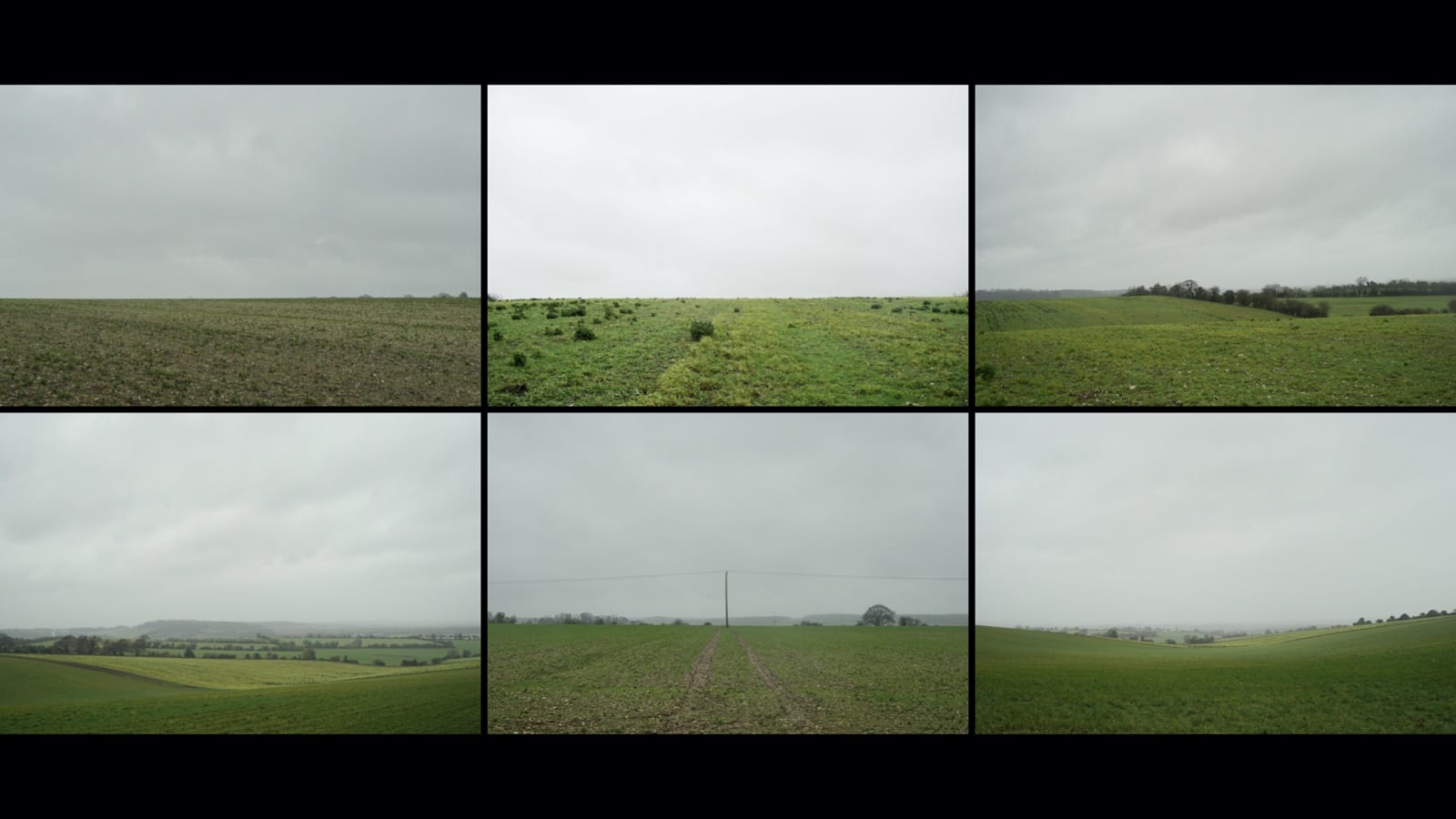
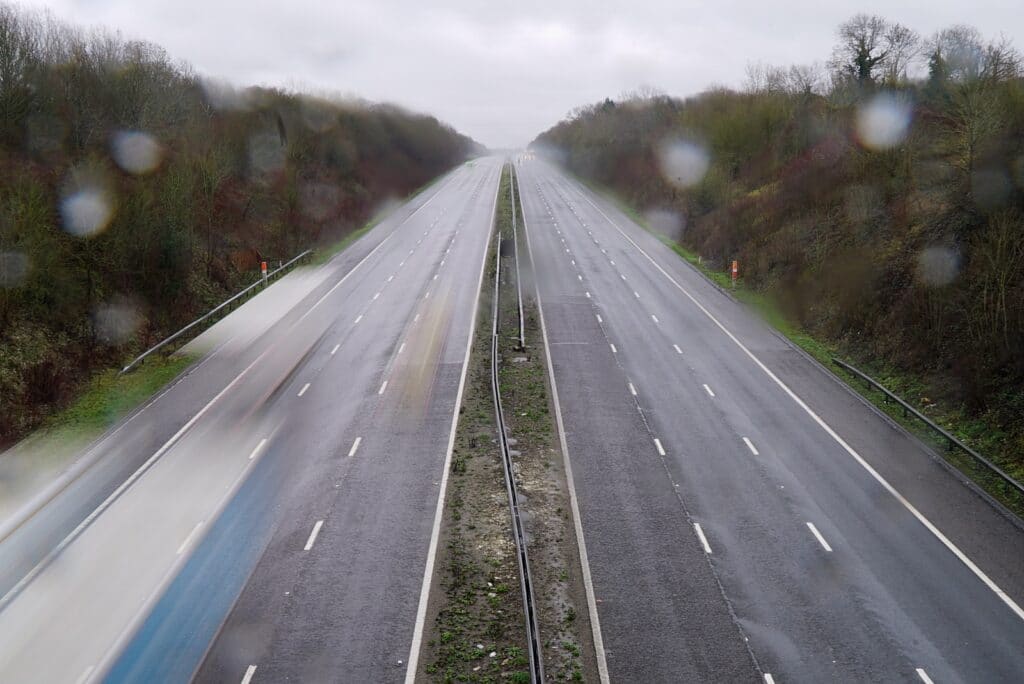



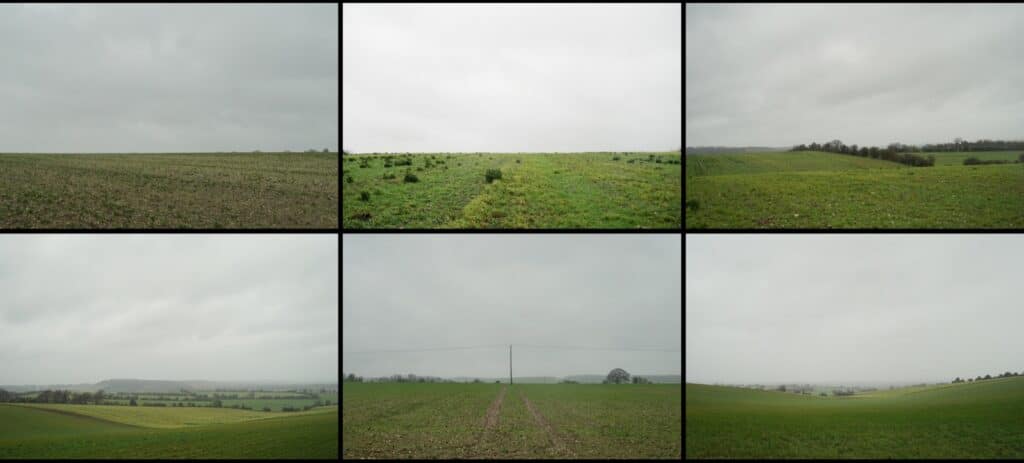
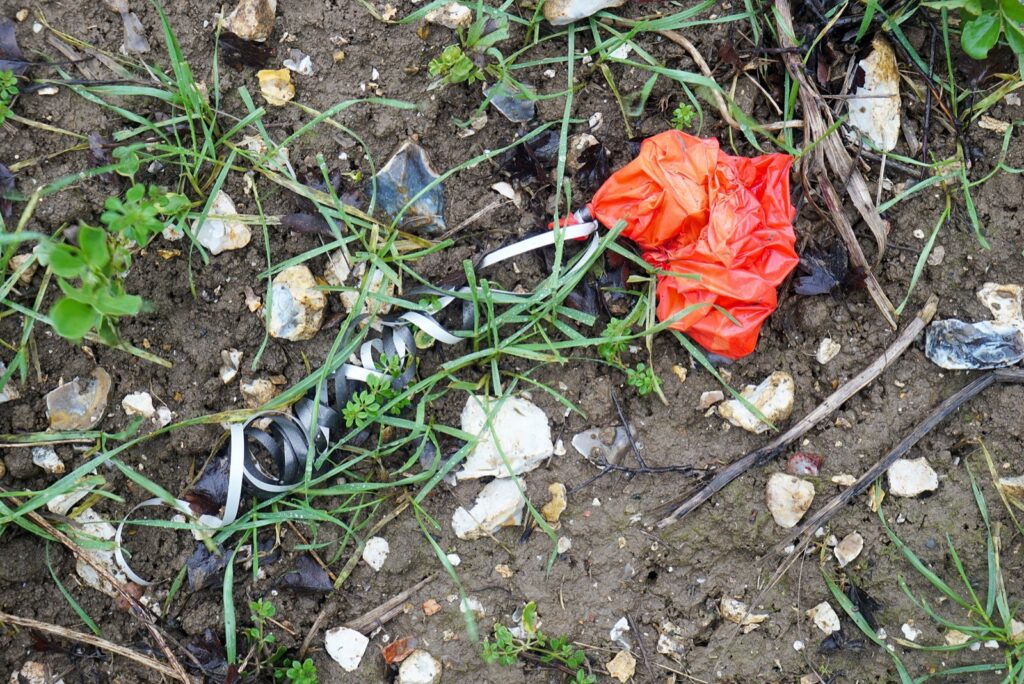
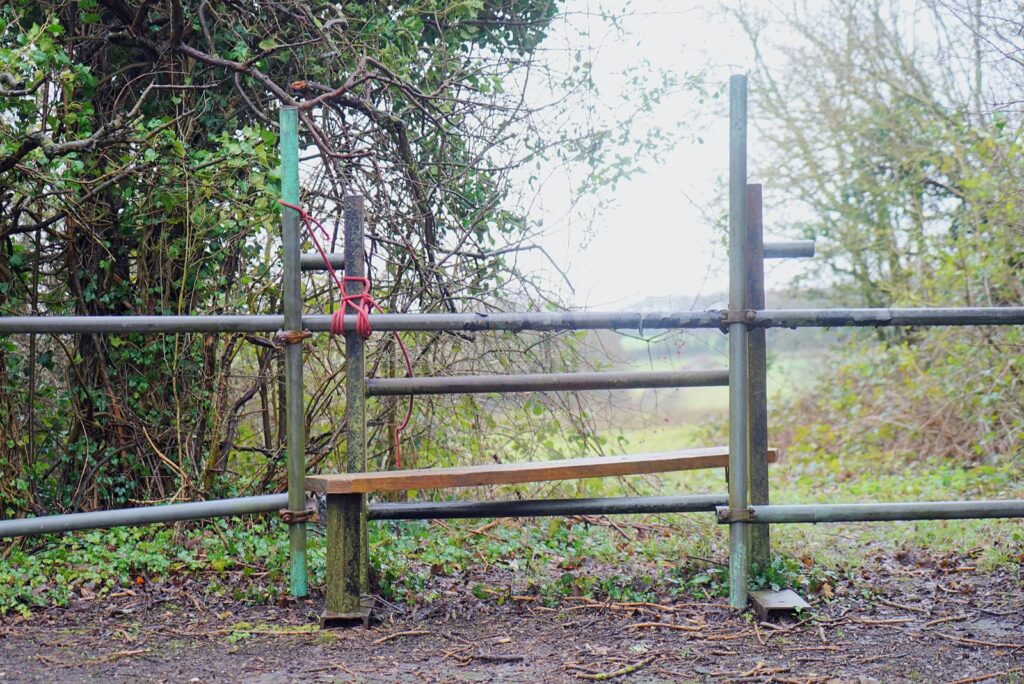

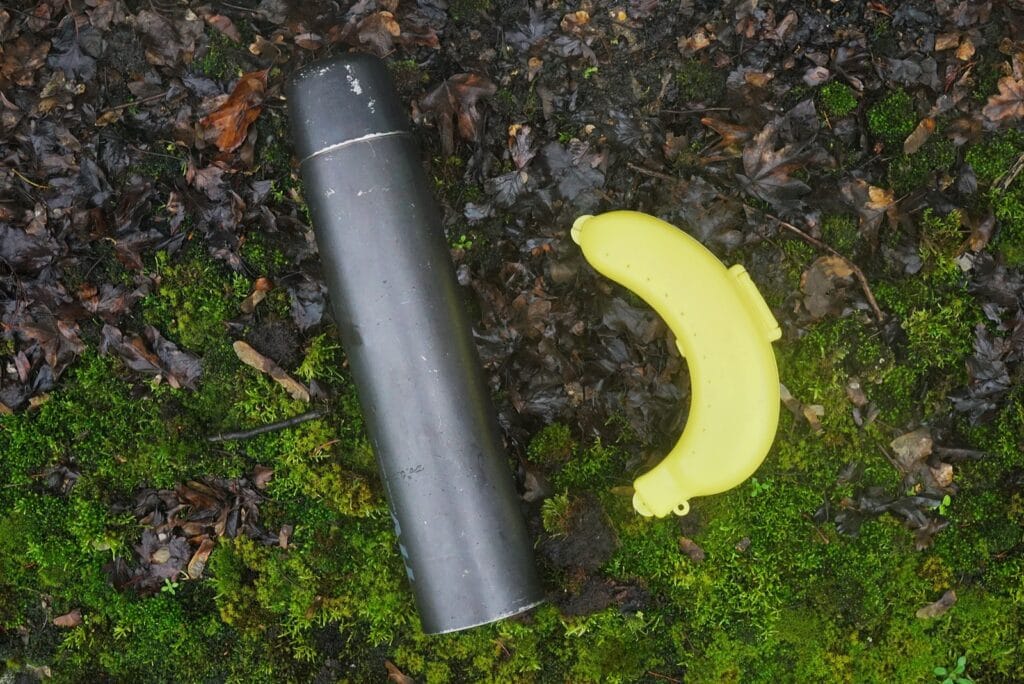
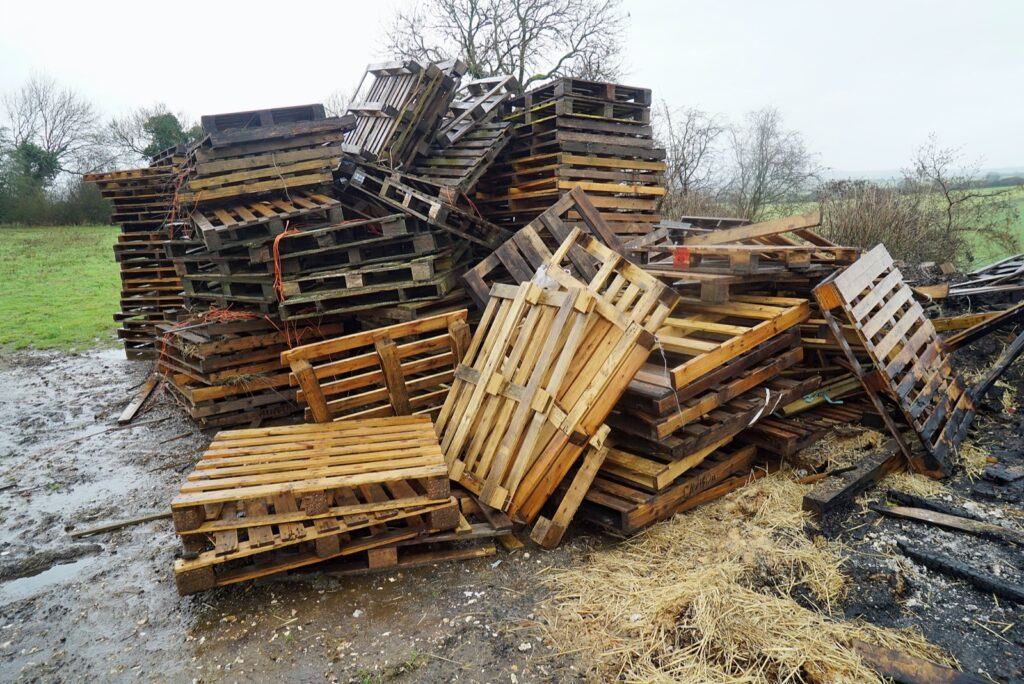



Comments